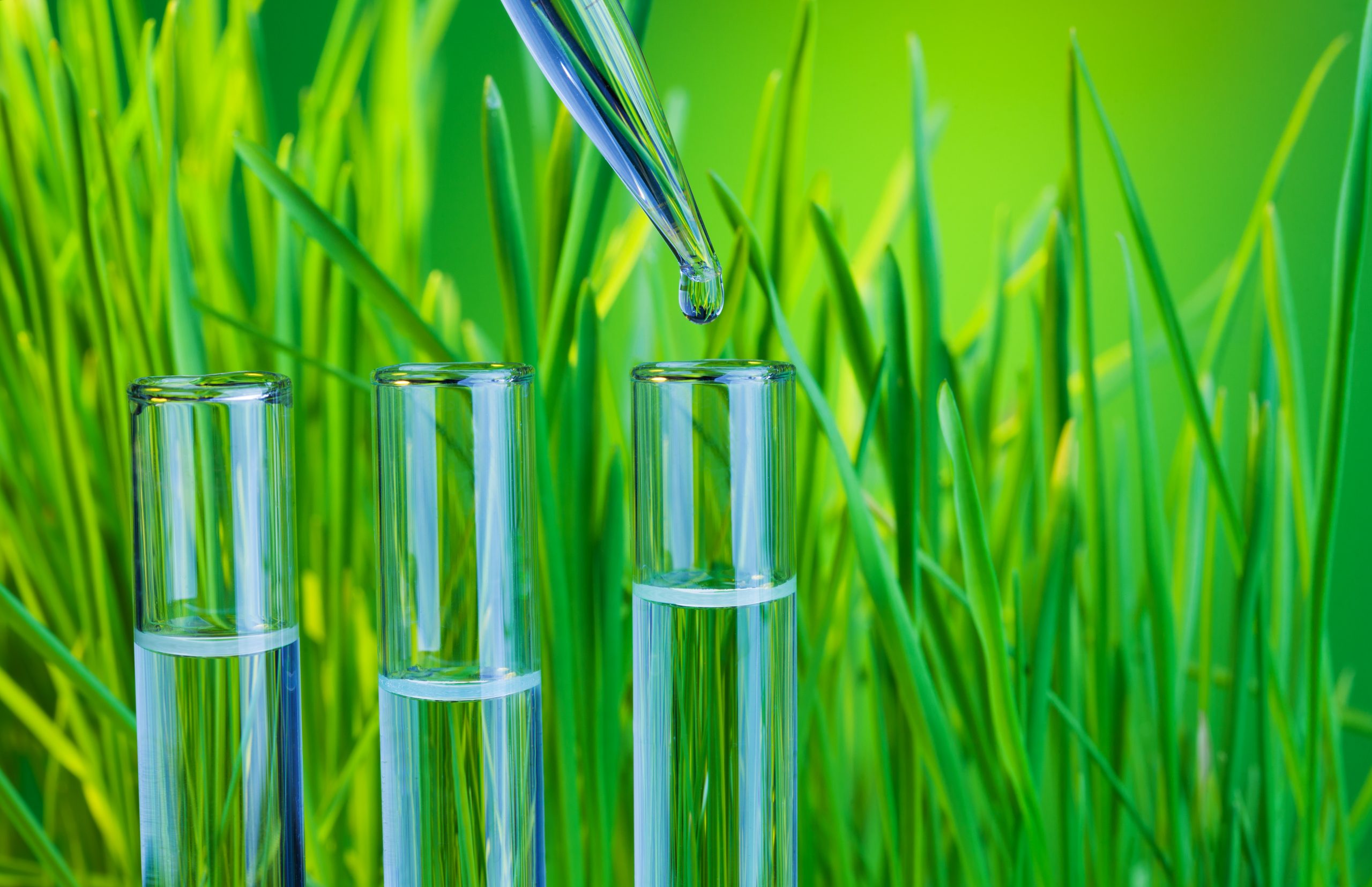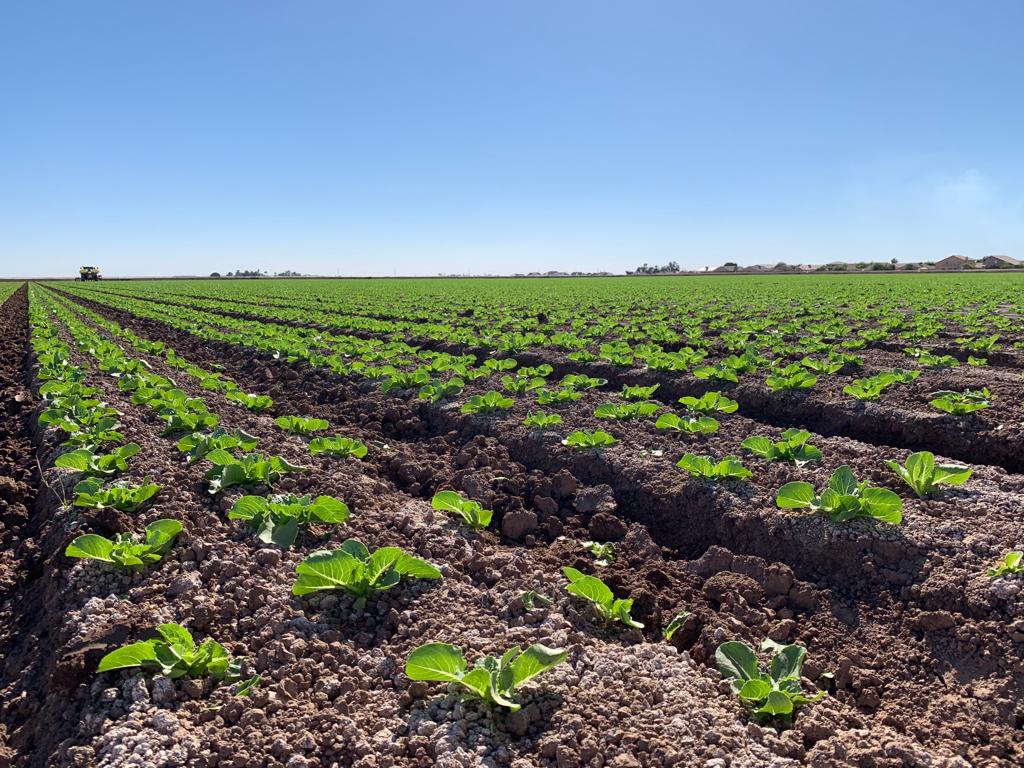
New Plant Analysis Guide helps growers manage vegetable crop nutrition
25 February 2020
Connecting Australian growers to European ag-tech innovation
3 March 2020Late last year, a group of Australian vegetable growers and industry members attended a two-week industry leadership and development mission to the United States, where they visited a number of growing operations, agribusinesses and key industry stakeholders. AUSVEG Tour leader Elyse Rosewall reports on the tour’s highlights.
It was an action-packed two weeks for a group of growers and vegetable industry members who travelled to the United States to take part in the 2019 U.S.A. Industry Leadership and Development Mission.
The tour was a strategic levy investment under the Hort Innovation Vegetable Fund and was part-funded with contributions from tour participants. Between 12-21 October, the group travelled from San Francisco to Anaheim to visit two major Californian vegetable growing regions, Salinas Valley and Bakersfield.
Participants also ventured out to Arizona to tour the Yuma and Imperial Valley Districts, which supply 90 per cent of fresh produce to the U.S.A. between October and April each year. The mission also featured a visit to the Produce Marketing Association (PMA) Fresh Summit in Anaheim, California.
The salad bowl of the U.S.A.
In California, the group examined the similarities and differences in a range of horticultural crops to compare them with the Australian industry. This provided an opportunity to see how other countries are tackling ongoing challenges in improving productivity and profitability, particularly drought.
The group met with two of the world’s leading agribusinesses for crop protection products and seed production, BASF and Corteva Agriscience, as well as leading irrigation company Toro. Participants toured the businesses’ R&D sites and learned about their research into pest management and irrigation, and the ways they are implementing data and technology to help them make more informed business decisions.
Meanwhile, the group stopped at Ratto Bros. in the San Joaquin Valley, which is home to some of the most fertile soil in the world. Situated on 1,000 acres, Ratto Bros. grows more than 70 varieties of herbs, leafy greens, fruits and other vegetables throughout the year. It plants the finest hybrid seeds available and takes weekly soil samples, which are monitored at an in-house lab to increase quality and yield.
A highlight of the California farm visits was Tanimura & Antle, an impressive largescale production in Salinas. Tanimura & Antle is 100 per cent vertically integrated, and has growing operations in Salinas, Huron and Yuma that enables it to produce fresh produce 12 months of the year. The operation exports approximately five per cent of its produce. President Brian Antle took the group on a tour of facilities and spoke about succession planning. He explained that 30 per cent of the company is now owned by its employees.
After a pre-determined length of service at Tanimura & Antle, full-time employees earn shares for every hour worked. Brian explained that due to the US inheritance tax, the Tanimura & Antle families were no longer able retain 100 per cent ownership of the company; therefore, the business had to shift its investment measures in order to remain sustainable.
A desert landscape with water supply
Another highlight was a visit to the Imperial Irrigation District (IID) in California and Arizona, where participants learnt about the simple, but very effective, irrigation practices in the desert region. The district provides raw Colorado River water for irrigation and for non-potable residential and industrial use. To facilitate its delivery, IID operates more than 230 miles of main canals, 1,438 miles of canals and laterals, of which 1,130 miles are concrete-lined or pipelined, and 1,406 miles of drainage ditches, of which 107 miles are piped. With more than 3,000 miles of canals and drains, IID is one of the largest irrigation districts in America.
As a public agency, IID strives to provide the highest level of service at the most economical price while preserving the unique ecosystem associated with this working landscape. The IID Water Department is responsible for the timely operation and maintenance of the extensive open channel system, and effectively delivers its annual entitlement of 3.1 million acre-feet, less water transfer obligations, to nearly one-half million acres for agricultural, municipal and industrial use.
Of the water IID transports, approximately 97 percent is used for agricultural purposes, making possible Imperial County’s ranking as one of the top 10 agricultural regions nationwide.
Reaching the summit
During the mission, the group enjoyed a visit to the two-day PMA Fresh Summit. With nearly 1,200 exhibiting companies, the Summit provided many networking opportunities. Participants formed many new connections while learning about various products and innovations within the fresh produce industry.
The group also had the opportunity to attend the Australasian Reception on Thursday night, which was hosted by PMA Australia – New Zealand. Again, this provided a great networking opportunity for the growers to meet with an array of individuals from across the supply chain, retailers and other growers from the region to discuss industry issues of mutual concern and create new relationships within the Australasian region.
Sharing knowledge
Incorporating a range of growers from varying production systems, the study mission proved educational and thought-provoking. It challenged the group to think of ways that Australia can make better use of its limited resources, while recognising the parallels between production practices here and the U.S.A.
Upon their return home, the tour participants are encouraged to share information on what they have learnt and experienced with colleagues and peers throughout industry networks. Participants are actively remaining in contact and continuing the discussion on their new-found insights into vegetable growing technologies and emerging trends overseas.
Find out more
A full project report will be released in the coming weeks and will be made available on the InfoVeg website.
This project has been funded by Hort Innovation using the vegetable research and development levy, contributions from Australian vegetable growing businesses and contributions from the Australian Government.
Project Number: VG18002




